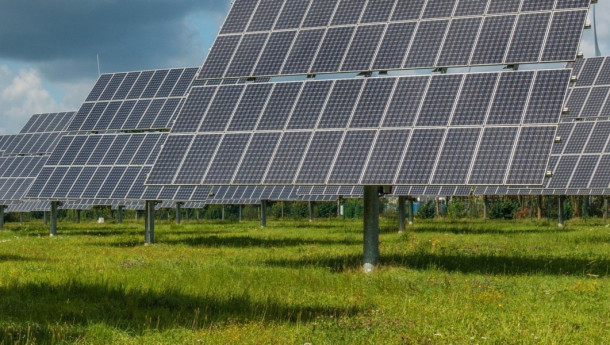
In absolute terms, the production of electricity from renewable energy sources in the European Union increased by almost 5% from 2020 to 2021 according to data released by Eurostat, the statistical service of the EU.
However, gross electricity consumption also increased mainly due to economic recovery after lifting COVID-19 restrictions. As a result, the share of renewable energy sources in gross electricity consumption in the EU only increased by 0.1 percentage points (pp), from 37.4% in 2020 to 37.5% in 2021.
In Cyprus, the share of renewable energy sources in gross electricity consumption in 2021 was the fifth smallest in the EU (14.8%).
It must be noted though that the share of renewables in Cyprus increased compared to 2020 (12.0%).
The share of renewables in Cyprus has been increasing continuously over the past 20 years, starting from 0.019 in 2004 and rising gradually to 1.4% by 2010, increasing again to 3.4% in 2011 and reaching 8.4% by 2015. In 2019 the share reached 9.8% before increasing again in 2020 to 12.0%.
On an EU level, wind and hydropower accounted for over two-thirds of the total electricity generated from renewable sources (37% and 32%, respectively). The remaining one-third of electricity came from solar power (15%), solid biofuels (7%) and other renewable sources (8%).
Solar power is the fastest-growing source; in 2008, it only accounted for 1% of the electricity consumed in the EU.
In 2021, more than three quarters of gross electricity consumption in Austria (76.2%, relying mostly on hydro) and Sweden (75.7%, mostly hydro and wind) was generated from renewable sources.
These EU Member States were followed by Denmark (62.6%, mostly wind), Portugal (58.4%, wind and hydro) and Croatia (53.5%, mostly hydro).
At the other end of the scale, the lowest shares of electricity from renewable sources were reported in Malta (9.7%), Hungary (13.7%), Luxembourg (14.2%), Czechia (14.5%) and Cyprus (14.8%).













 3287.99
3287.99 1275.09
1275.09
